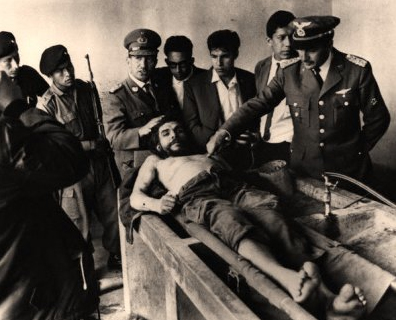Famous Death Photos Definition
Source:- Google.com.pkHachiko (November 10, 1923 – March 8, 1935), known in Japanese as chūken Hachiko ("faithful
dog Hachiko" ['hachi' meaning 'eight', a number referring to the dog's birth order in the litter, and 'kō', meaning prince or duke]), was an Akita dog born on a farm near the city of Ōdate, Akita Prefecture,[1] remembered for his remarkable loyalty to his owner, even many years after his owner's death.
Life
Shibuya Station as it was in the Taisho and Pre-war Showa eras (1912–1945).In 1924, Hidesaburō Ueno, a professor in the agriculture department at the University of Tokyo, took in Hachikō, a golden brown Akita, as a pet. During his owner's life, Hachikō greeted him at the end of each day at the nearby Shibuya Station. The pair continued their daily routine until May 1925, when Professor Ueno did not return. The professor had suffered from a cerebral hemorrhage and died, never returning to the train station where Hachikō was waiting. Each day for the next nine years Hachikō awaited Ueno's return, appearing precisely when the train was due at the station.
Hachiko attracted the attention of other commuters. Many of the people who frequented the Shibuya train
station had seen Hachiko and Professor Ueno together each day. Initial reactions from the people, especially
from those working at the station, were not necessarily friendly. However, after the first appearance of the
article about him on October 4, 1932 in Asahi Shimbun, people started to bring Hachikō treats and food to nourish him during his wait.
Publication
In 1932 one of Ueno's students (who developed expertise on the Akita breed) saw the dog at the station and followed him to the Kobayashi home (the home of the former gardener of Professor Ueno—Kikuzaboro Kobayashi where he learned the history of Hachikō's life. Shortly after this meeting, the former student published a documented census of Akitas in Japan. His research found only 30 purebred Akitas remaining, including Hachikō from Shibuya Station.
He returned frequently to visit Hachikō and over the years published several articles about the dog's remarkable loyalty. In 1932 one of these articles, published in the Tokyo Asahi Shimbun, placed the dog in the national spotlight. Hachikō became a national sensation. His faithfulness to his master's memory impressed the people of Japan as a spirit of family loyalty all should strive to achieve. Teachers and parents used Hachikō's vigil as an example for children to follow.
A well-known Japanese artist rendered a sculpture of the dog, and throughout the country a new awareness of the Akita breed grew.
Eventually, Hachikō's legendary faithfulness became a national symbol of loyalty, particularly to the person and institution of the Emperor.
Death
Last known photo of Hachikō - pictured with his owner's wife Yaeko Ueno (front row, second from right) and station staff in mourning in Tokyo on March 8, 1935.
Hachiko died on March 8, 1935, and was found on a street in Shibuya.[5] In March 2011 scientists settled the cause of death of Hachikō: the dog had terminal cancer and a filaria infection (worms). There were also four yakitori skewers in Hachikō's stomach, but the skewers did not damage his stomach or cause his death.









No comments:
Post a Comment